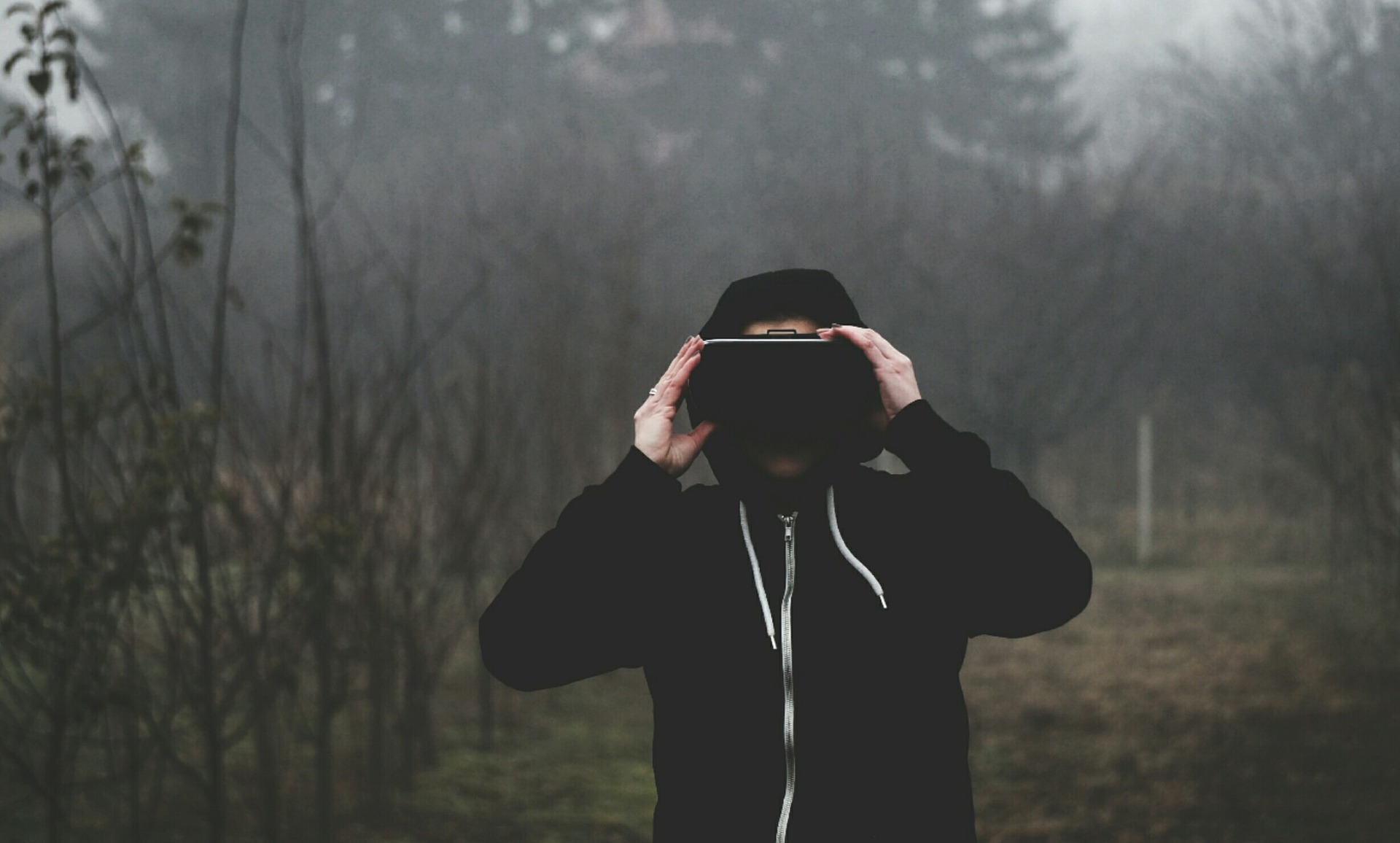By Warren Miller, contributing writer
Almost everyone is familiar with the concept of virtual reality, a real or computer-generated world in which users can fly jet airplanes or do battle with monsters and demons. You may not be as familiar with something called augmented reality, which sounds vaguely similar but which provides the user a very different experience. The similarity in their names makes it sound like they are competing approaches for the same market, but a closer look reveals something different.
Virtual reality, as the term has come to be understood, refers to an entirely immersive experience, usually entailing a 360° video display that allows the user to “move around” in the world they’re temporarily inhabiting. This world has obvious applications in the realm of entertainment and gaming, but virtual reality is also being employed in more practical fields as a training tool, such as in the case of flight simulators. Professional and collegiate football teams are using virtual reality headsets to get their quarterbacks valuable experience reading defenses without subjecting them to physical injury, making these so-called “mental repetitions” much more valuable experience than simply studying film.
The immediate applications for virtual reality seem to be focused on the entertainment industry. This is a big, big market with significant potential. Why should we be restricted to a single perspective for a movie? Wouldn’t it be more exciting to be able to move around within the movie and create your own unique viewpoint? Would the entire concept of the movie change? Would the traditional movie disappear and be replaced with a more immersive experience, like a video game? Will people even still go to the movie theater once virtual reality is fully deployed? Will people even go anywhere in real life?

Pokémon Go has captured the imaginations of children and adults. Image source: Richard Quinnell, Editor-in-Chief, Electronic Products.
Augmented reality is, by contrast, a way of enhancing the user’s interaction with the world already right in front of them. Whereas virtual reality takes place entirely within a self-contained system (like Facebook’s Oculus headset), augmented reality overlays images and video over the real world through cellphones and tablets. Google Glass was an early foray into this burgeoning technology, but more recently, Pokémon Go has captured the imagination of children and adults alike all over the world. By pointing the cameras in their phones or tablets at places or objects in their immediate vicinity, users can view ― and eventually capture ― the little digital creatures.
Augmented reality probably has the broadest commercial applications, and you can expect a rapid growth in applications that make it easier to find products and services using your smart phone. Just point your phone down the aisle at the store, and information on prices, special offers, or even complementary purchases — based on what is already in your shopping cart ― will pop up. These applications won’t be limited to just your smartphone, either. IKEA has even developed a kitchen table that can suggest possible recipes to include whatever ingredients the user places upon it.

Will people even still go to the movie theater once virtual reality is fully deployed? Will people go anywhere? Image source: Pixabay.
Augmented reality can also be used in a wide range of other applications, not just to improve your buying experience. Imagine surgeons overlaying ultrasound or MRI images onto their patients as they’re operating through their eyeglasses or structural engineers seeing possible areas of stress in their bridges or buildings develop as they’re constructing them. The availability of ubiquitous sensors, big data, and real-time analytics makes the possibilities of augmented reality virtually world-changing.
It may turn out that virtual reality will find its place as an escape, hopefully temporarily, that allows us to recharge so we can more fully tackle the real world. When we do engage with our non-virtual reality, augmented reality will, hopefully, be there to help us more fully engage with and appreciate the real world and our connections to it and to everyone else around us.
Advertisement
Learn more about Electronic Products Magazine





